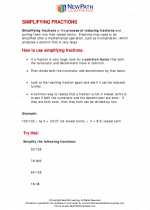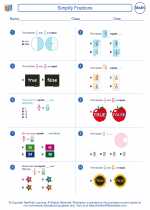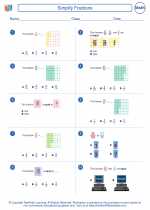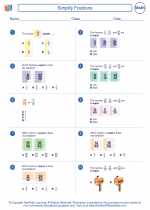Octahedron
An octahedron is a three-dimensional shape that has eight triangular faces, twelve edges, and six vertices. Each face is an equilateral triangle, meaning all three sides are of equal length.
Properties of an Octahedron:
- Faces: An octahedron has 8 faces, each of which is an equilateral triangle.
- Edges: It has 12 edges, where each edge is shared by two faces.
- Vertices: There are 6 vertices, where three edges meet at each vertex.
- Surface Area: The surface area of an octahedron can be calculated using the formula: 2√3 × s2, where s is the length of the side of the equilateral triangle.
- Volume: The volume of an octahedron can be calculated using the formula: (√2/3) × s3, where s is the length of the side of the equilateral triangle.
Net of an Octahedron:
The net of an octahedron is a two-dimensional pattern that can be folded to form a three-dimensional octahedron. The net consists of eight equilateral triangles arranged in a specific pattern that allows it to be folded into a closed shape with six vertices and twelve edges.
Real-life Examples:
Some real-life examples of octahedra include diamond crystals, certain molecules, and architectural structures such as tents and pavilions.
Study Guide:
To study about octahedra, it's important to focus on the following key points:
- Understanding the properties of an octahedron including its faces, edges, and vertices.
- Being able to calculate the surface area and volume of an octahedron using the appropriate formulas.
- Recognizing the net of an octahedron and understanding how it can be folded to form the three-dimensional shape.
- Identifying real-life examples of octahedra and understanding their significance and applications.
Practice solving problems related to octahedra to reinforce your understanding of the concepts and formulas.
Good luck with your studies!
.◂Math Worksheets and Study Guides Sixth Grade. Simplify Fractions

 Worksheet/Answer key
Worksheet/Answer key
 Worksheet/Answer key
Worksheet/Answer key
 Worksheet/Answer key
Worksheet/Answer key
